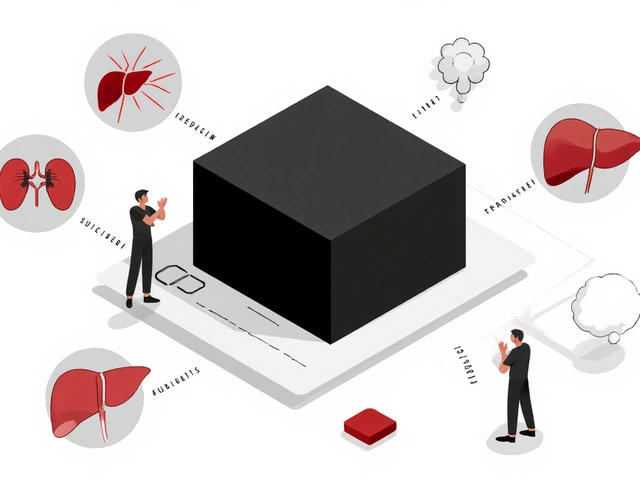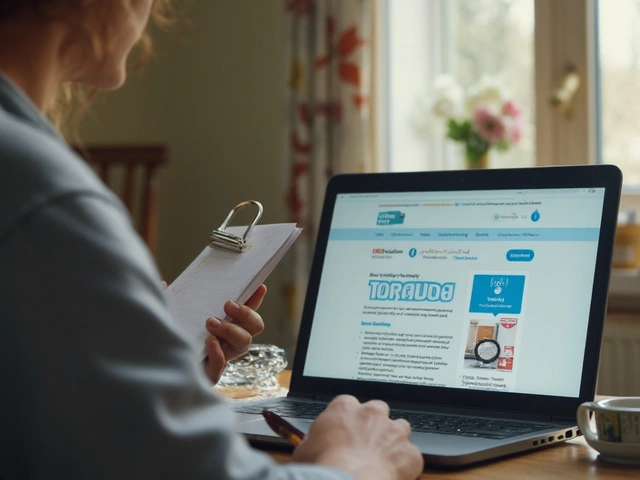Leukeran Cancer Treatment: What You Need to Know
Leukeran, whose generic name is chlorambucil, is a chemo drug that’s been helping people with certain cancers for decades. It’s most often used for chronic lymphocytic leukemia (CLL) and some types of lymphoma, but doctors sometimes prescribe it for other blood‑cell cancers too. If you’ve been offered Leukeran, you probably have a lot of questions – how does it work, how often do you take it, and what side effects to expect. Below you’ll find the basics explained in plain language, plus some tips to make the treatment smoother.
How Leukeran Works
Think of cancer cells as a fast‑growing crowd that ignores the normal “stop” signals. Leukeran is an alkylating agent – it basically adds a small chemical tag to the DNA inside those cells. That tag messes up the cell’s ability to copy its genetic material, so the cancer cell can’t keep dividing. Healthy cells are affected a bit too, which is why side effects happen, but the drug is designed to hit the fast‑growing cells harder.
Typical Dosing Schedule
Doctors usually give Leukeran in a pill form, taken by mouth. The most common schedule is one tablet a day for 5 days, then a break of 23 days – that’s called a 28‑day cycle. Some patients stay on the drug longer, especially if it’s keeping the cancer under control. Your doctor will decide the exact dose based on your weight, kidney function, and how you’re responding to the treatment. Never change the dose or skip days without checking with your healthcare team.
Because the drug stays in the body for a while, blood tests are a regular part of the routine. You’ll likely have a CBC (complete blood count) every week or two to make sure your white cells, red cells, and platelets stay in a safe range. If the counts drop too low, the doctor may pause the medication until they recover.
Here are a few everyday tips that can help you stay on track:
- Set a reminder. A phone alarm or a pillbox can keep you from missing a dose.
- Take it with food. Swallow the tablet with a meal or a snack to lessen stomach upset.
- Stay hydrated. Drinking plenty of water helps your kidneys clear the drug.
- Report side effects early. Nausea, fever, or unusual bruising should be mentioned right away.
Common side effects include nausea, mild hair loss, and a higher risk of infections because the drug lowers white blood cells. Some people notice skin tingling or a sore mouth. Most of these issues are manageable with over‑the‑counter meds or simple home care, but severe infections need prompt medical attention.
If you’re worried about “chemo fatigue,” know you’re not alone. Fatigue tends to build up over the first few weeks and often eases once your body gets used to the drug. Light exercise, like short walks, and good sleep habits can make a big difference.
Another question that pops up often is “Will I need other cancer treatments?” Some patients continue with Leukeran alone, while others add targeted therapies or a short course of stronger chemo. Your oncologist will map out a plan based on how the cancer responds and any new research findings.
Finally, keep a paper or digital notebook of everything – doses taken, side effects felt, lab results, and doctor’s instructions. Having all that info handy makes appointments smoother and helps you spot patterns early.
Leukeran can be an effective part of a cancer treatment plan when used correctly. By understanding how it works, sticking to the dosing schedule, and staying on top of side effects, you give yourself the best chance to manage the disease and maintain quality of life.
A clear, up‑to‑date guide on Leukeran - what it is, how it works, dosing tips, common side effects and answers to the most pressing patient questions.
Categories
Archives
Recent-posts
Pharmacist-Led Substitution Programs: How They Work and Why They Reduce Hospital Readmissions
Dec, 11 2025



 Medications
Medications




